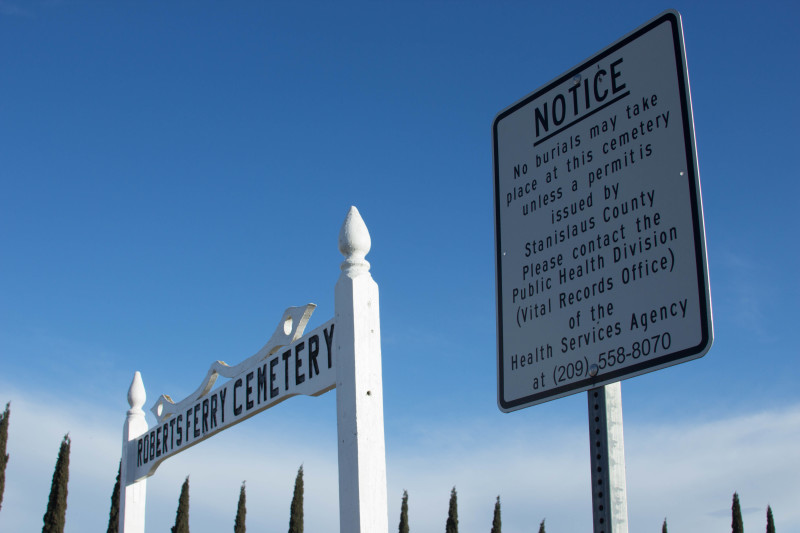The New York Times, in its Science section Tuesday, takes up a question that touches on the ultimate fate of us all: When we die, what do we want done with these used-up bodies of ours?
We all know the standard choices in mainstream U.S. culture: cemetery burial and cremation. A few choose other means, such as donating their no-longer-needed corporeal self to research. I know one person who has done that.
There are other traditions out there, of course. For instance, some Native American tribes have practiced scaffold or tree burials, placing corpses on raised platforms in the open air. Sky burials are practiced among Tibetan Buddhists and India's Zoroastrian community. I've often thought that when my time comes, that might not be a bad means of disposal (family members who have heard me say that are not fans of the idea.)
But the Times turns its attention to a different style of disposal -- composting -- one that the poet Walt Whitman rhapsodized over in his poem, "This Compost":
Behold this compost! behold it well!
Perhaps every mite has once form’d part of a sick person — yet behold!
The grass of spring covers the prairies,
The bean bursts noiselessly through the mould in the garden,
The delicate spear of the onion pierces upward,
The apple-buds cluster together on the apple-branches,
The resurrection of the wheat appears with pale visage out of its graves,
The tinge awakes over the willow-tree and the mulberry-tree ...
The Times story focuses on the Urban Death Project, an effort to develop a practical (and ceremonial) way to compost human bodies. Here's how creator Katrina Spade, a Seattle architect, says it would work:
Ms. Spade has designed a building for human composting that aims to marry the efficiency of this biological process with the ritual and symbolism that mourners crave. Each Urban Death facility would be centered around a three-story vault that she calls “the core.” Loved ones would carry their deceased, wrapped in a shroud, up a circular ramp to the top.
There, during a “laying in” ceremony, mourners would place the body inside the core, which could hold perhaps 30 corpses at a time. Over the next several weeks, each body would move down the core until the first stage of composting was complete. In a second stage, material would be screened, along with any remaining bones, and the compost would be cured.
Ms. Spade estimates that each body, combined with the necessary materials such as wood chips and sawdust, would yield enough compost to fill a cube three feet by three feet.
Weeks or months later, survivors could collect some of the compost to use as they saw fit, perhaps in their garden or to plant a tree. Ms. Spade foresees the rest going to nearby parks or conservation lands. Each human composting would cost about $2,500, a fraction of the price of conventional burial, Ms. Spade estimates.
I think Walt Whitman would observe and approve. He gets the last word:
I bequeath myself to the dirt to grow from the grass I love,
If you want me again look for me under your boot-soles.You will hardly know who I am or what I mean,
But I shall be good health to you nevertheless,
And filter and fibre your blood.Failing to fetch me at first keep encouraged,
Missing me one place search another,
I stop somewhere waiting for you.
